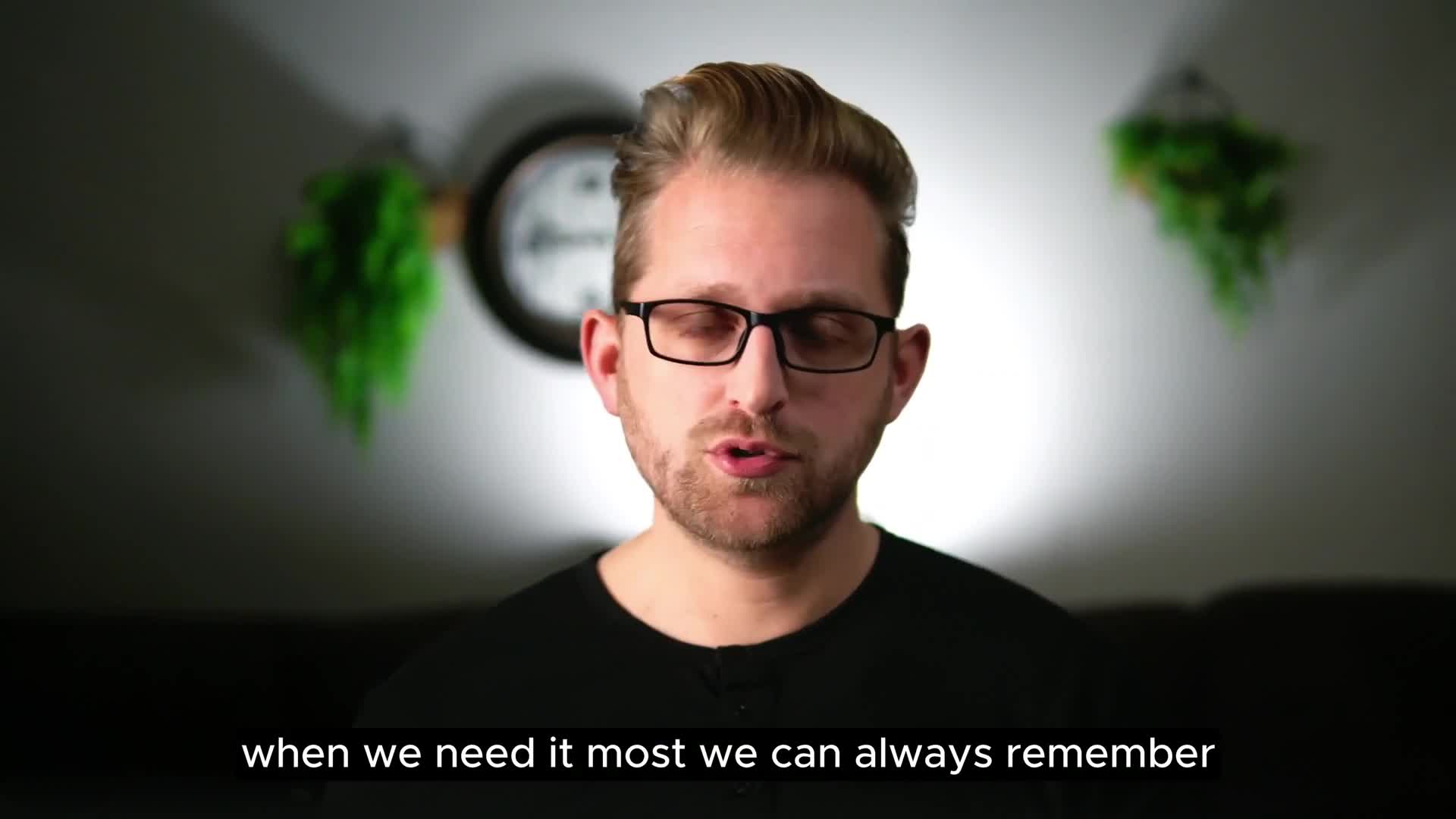Grace Faith and Justification
In the world of Systematic Theology, three powerful concepts hold a central place: Grace, Faith, and Justification. These ideas are like building blocks in understanding the relationship between humanity and the divine. Let's explore these fundamental principles in a way that's accessible for 8th graders.
Grace: The Ultimate Gift
Imagine receiving an incredible, unexpected gift, like a treasure chest filled with love and kindness. In Systematic Theology, "grace" is like that gift. It's something wonderful that God freely gives to people, not because they earned it, but because of His great love.
"For it is by grace you have been saved, through faith—and this is not from yourselves, it is the gift of God." - Ephesians 2:8 (NIV)
Why Grace Matters:
Grace is like a rescue rope that helps us when we're in trouble. It offers forgiveness, love, and hope, even when we don't deserve it.
It's a reminder that we don't have to be perfect to be loved and accepted by God. His grace is like a warm embrace that says, "You're cherished just as you are."
Faith: Believing in the Unseen
Have you ever believed in something even if you couldn't see it? That's what faith is like. In Systematic Theology, faith is believing in God and His promises, even if we can't see Him with our eyes.
"Now faith is confidence in what we hope for and assurance about what we do not see." - Hebrews 11:1 (NIV)
Show Transcripts



